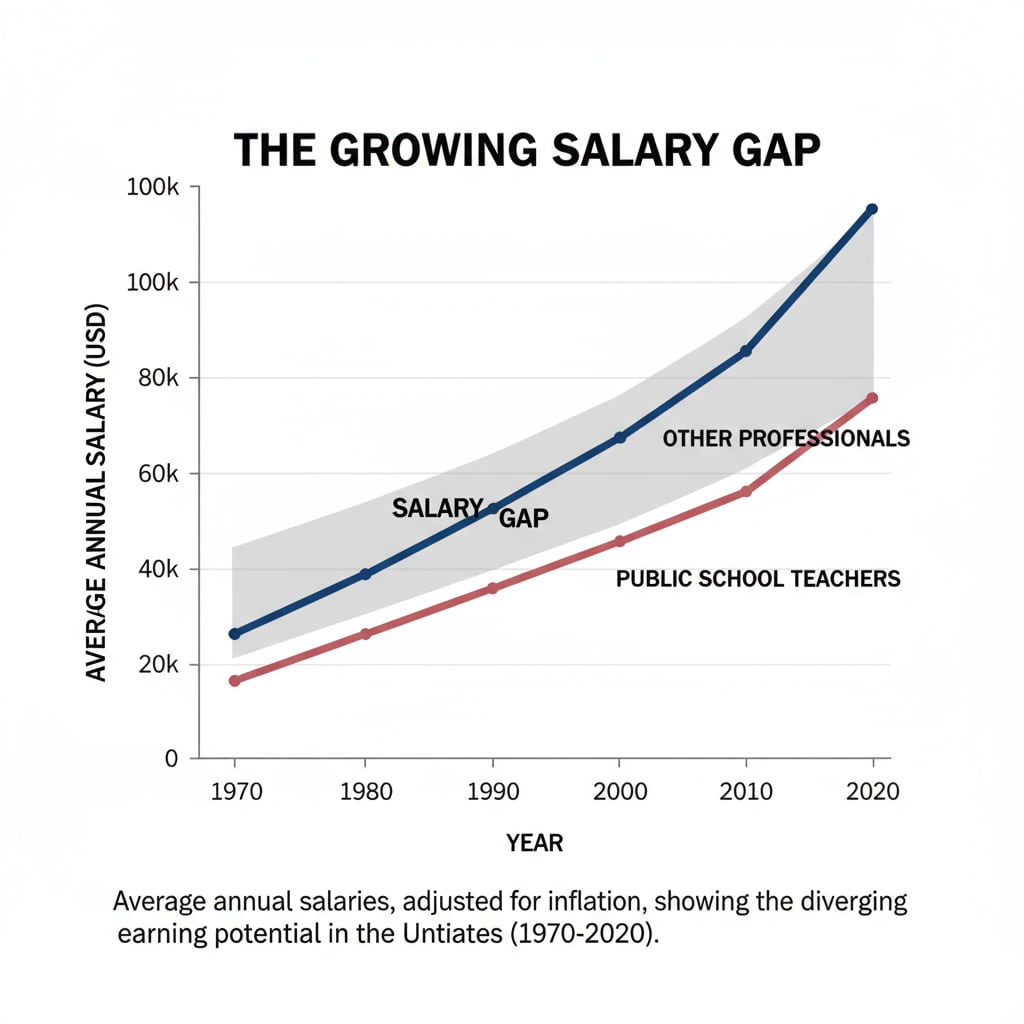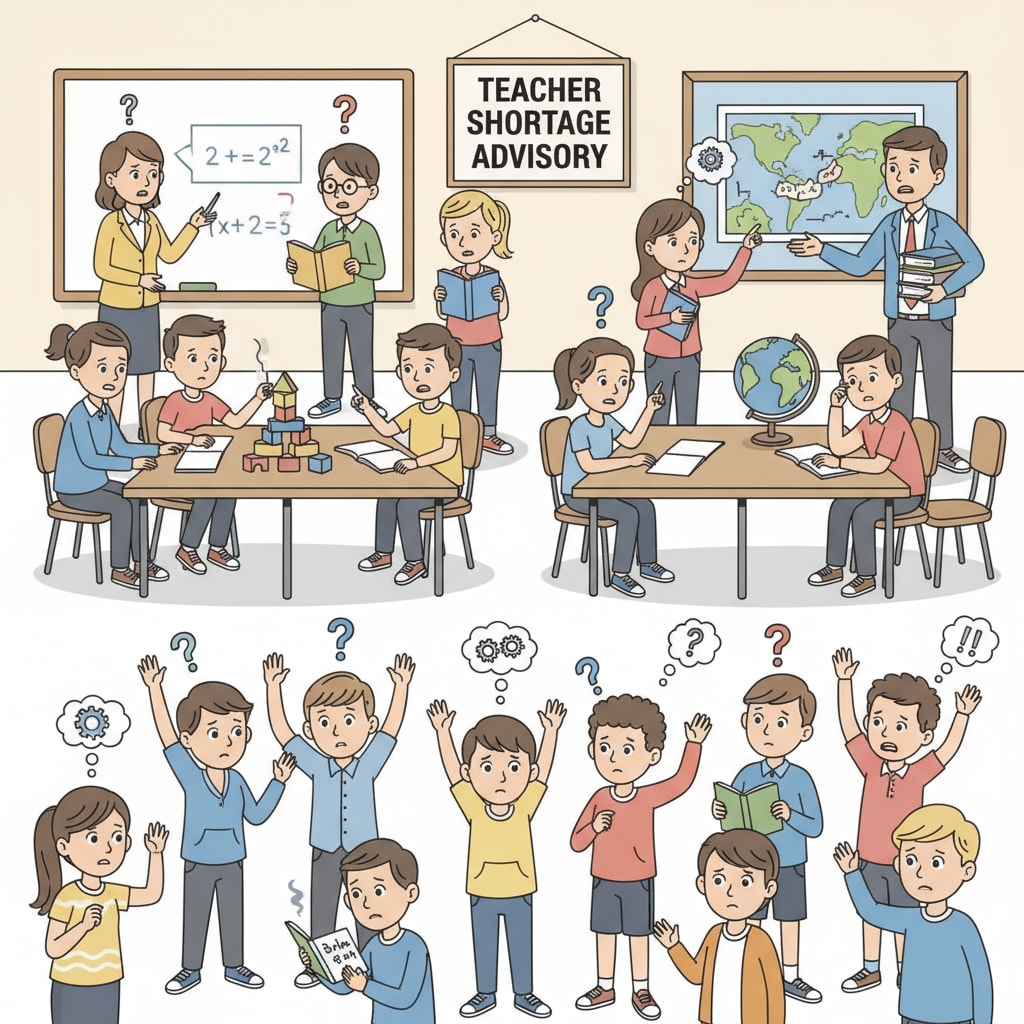The issue of teacher salaries, income gap, and teacher shortage in the United States has become a matter of great concern. The salary gap between teachers and other professionals with a college degree has been steadily growing. In 2024, it reached an astonishing ratio of 1:1.37. This inequality is a significant factor fueling the teacher shortage crisis and endangering the future of K12 education in the country.

The Widening Income Divide
The growing difference in earnings between teachers and their professional counterparts is a multi-faceted problem. Other professionals in fields such as business, technology, and healthcare are often rewarded with much higher salaries. For example, a software engineer with a similar educational background can earn significantly more than a teacher. This gap is not only a matter of numbers but also reflects the different value society places on these professions. According to The National Center for Education Statistics, the average salary of a teacher has not kept pace with inflation and the salary growth of other occupations. As a result, fewer people are attracted to the teaching profession.
Consequences for Teacher Shortages
The salary gap has led to a severe teacher shortage across the United States. Many school districts are struggling to fill teaching positions. This shortage impacts the quality of education as classes may be overcrowded, and students may not receive the individualized attention they need. Moreover, the lack of teachers can lead to burnout among the remaining educators. The National Education Association has highlighted the urgent need to address this issue to ensure a stable and high-quality teaching workforce.

In conclusion, the widening gap between US teachers’ salaries and those of other professionals is a complex issue with far-reaching consequences. It is crucial that steps are taken to reduce this income gap and attract more talented individuals to the teaching profession. By doing so, we can safeguard the future of K12 education in the United States.
Readability guidance: The paragraphs are short and to the point. Lists could be added in future expansions. The passive voice is minimized, and transition words like “for example” and “as a result” are used to enhance flow.


